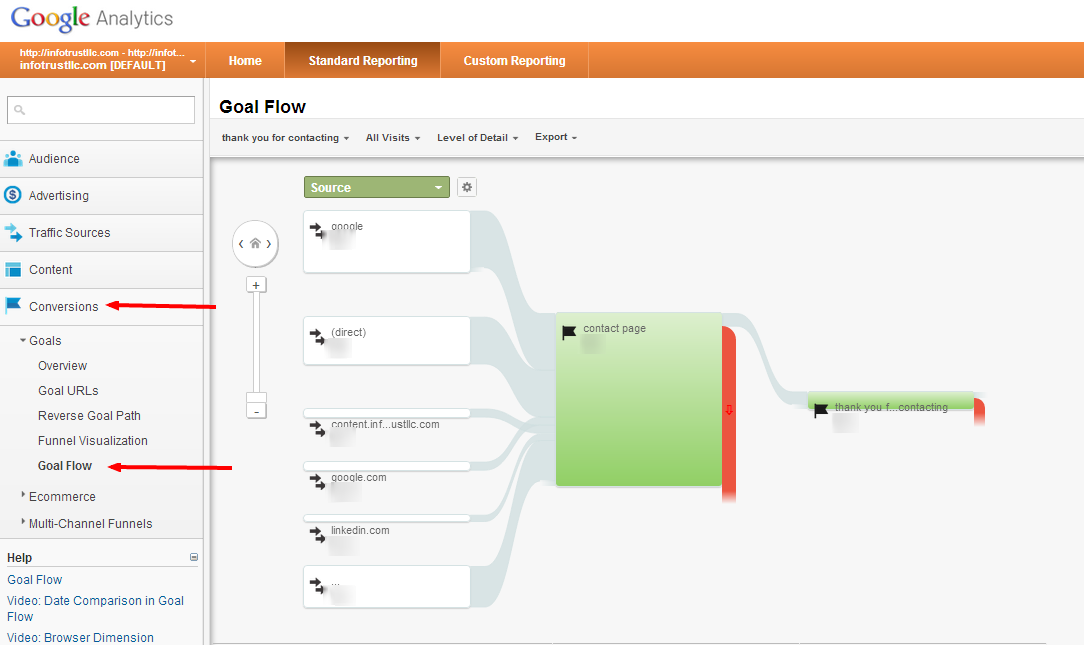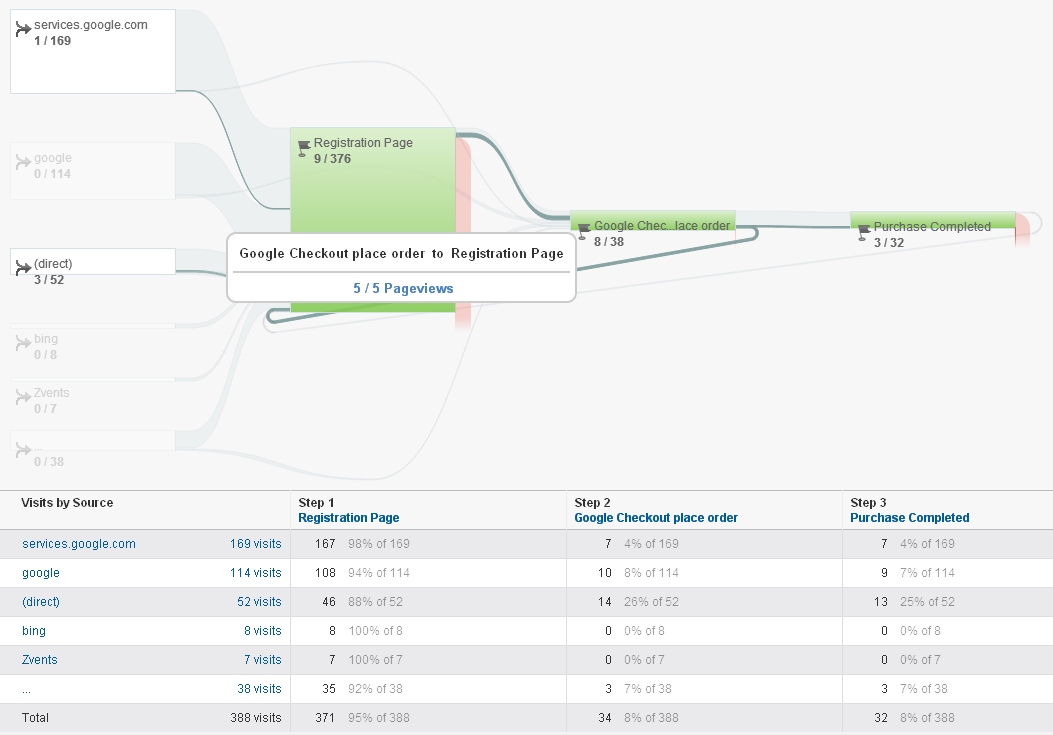Key Insights on What Data Is Google Analytics Goals Unable to Track
Key Insights on What Data Is Google Analytics Goals Unable to Track
Blog Article
Unveiling the Blind Destinations: Comprehending What Google Analytics Goals Can not Measure
In the realm of digital analytics, Google Analytics stands as a powerful tool for tracking and analyzing on-line user interactions. Nevertheless, amidst its robust capabilities, there exist dead spots that typically avert measurement. Recognizing what Google Analytics objectives can not determine is vital for obtaining an extensive view of customer actions and interaction. As we dig into the complexities of these unseen areas, we discover a complicated web of uncharted territories that hold beneficial understandings into user activities and inspirations, tough standard knowledge and clarifying the limitations of our data-driven understanding.
Individual Actions on External Platforms
Understanding exactly how individuals engage on external systems is essential for maximizing online approaches. Exterior systems, such as social networks networks, reference sites, and on-line forums, play a significant duty in driving traffic to a business's website. By examining user actions on these platforms, organizations can acquire beneficial insights into the performance of their advertising and marketing efforts and the choices of their target market.
One key element of customer behavior on outside systems is the reference source. By tracking where the individuals are originating from, businesses can identify which systems are driving one of the most traffic to their website. This information can assist business allot their resources extra properly, concentrating on the platforms that yield the very best outcomes.

Offline Conversions and Interactions
Assessing individual behavior on external platforms provides valuable understandings into on-line methods; nevertheless, considering offline conversions and interactions is similarly critical for a detailed understanding of a company's overall efficiency. Offline conversions, such as in-store purchases or phone questions, play a considerable role in lots of companies' success.

Attribution Beyond Last Click
When delving right into the realm of digital advertising and marketing analytics, it becomes necessary to look past the solitary touchpoint of the last click for a more extensive understanding of acknowledgment. While Google Analytics gives valuable insights into individual habits, depending only on last-click acknowledgment can be limiting - what data is google analytics goals unable to track. Attribution models that surpass the last click use an extra nuanced sight of the customer journey, taking into consideration all the touchpoints that cause a conversion
Attribution past the last click permits marketers to assign credit to numerous communications along the conversion path, giving a more clear photo of the efficiency of different marketing networks. By discovering multi-touch attribution models such as direct, time decay, or position-based attribution, businesses can much better designate their advertising budgets and maximize their methods for maximum impact.
Recognizing the impact of each touchpoint in the conversion process is essential for making educated choices and making best use of ROI. By welcoming attribution past the last click, services can acquire deeper understandings into customer behavior and customize their advertising efforts better.
Cross-Device and Cross-Browser Monitoring

Likewise, cross-browser monitoring enhances cross-device tracking by capturing individual habits as they change between various web browsers. Comprehending how individuals engage with web sites on numerous internet browsers can help marketing professionals maximize their on-line experiences home to make certain uniformity and capability throughout different platforms.
Qualitative Data and User Intent
Comprehending individual intent with qualitative data analysis is important for establishing targeted electronic advertising and marketing strategies that reverberate with the demands and preferences of the target market. Qualitative data offers insights into the 'why' behind customer activities, clarifying inspirations, feelings, and choices that measurable data alone can not catch. By examining individual feedback, remarks, and communications, marketers can uncover valuable details regarding user intent, allowing them to customize their messaging, material, and offerings to better align with what their target market is looking for.
Qualitative data also aids in comprehending the context in which users involve with a web site or application. This contextual understanding enables marketers to develop more customized and look at this now relevant experiences, inevitably driving higher interaction and conversion prices. By delving right into customer intent via qualitative data evaluation, organizations can acquire a much deeper understanding of their target market, leading to extra efficient marketing approaches that meet customers' expectations and demands.
Conclusion
To conclude, Google Analytics goals have constraints in measuring individual behavior on outside systems, offline conversions, attribution past last click, cross-browser and cross-device tracking, and qualitative information associated with individual intent. what data is google analytics goals unable to track. It is very important for services to be knowledgeable about these blind spots in order to supplement their information analysis with various other devices and methods to get an extra extensive understanding of their target market and boost their general electronic advertising and marketing techniques
By examining customer behavior on these platforms, services can obtain important understandings into the effectiveness of their advertising and marketing efforts and the preferences of their target audience.
Examining customer habits on external platforms offers useful understandings right into on-line strategies; however, considering offline conversions and communications is just as necessary for a thorough understanding of a company's overall performance.In digital marketing analytics, moving beyond last-click attribution to explore cross-device and cross-browser tracking is important for acquiring an alternative understanding of individual interactions across various platforms and devices. By analyzing user feedback, remarks, and communications, online marketers can discover beneficial info regarding individual intent, allowing them to tailor their messaging, web content, and offerings to much better line up with what their target market is looking for.
By diving right into individual intent through qualitative information evaluation, services can acquire a much deeper understanding of their target audience, leading to more effective Clicking Here advertising strategies that satisfy individuals' needs and expectations.
Report this page